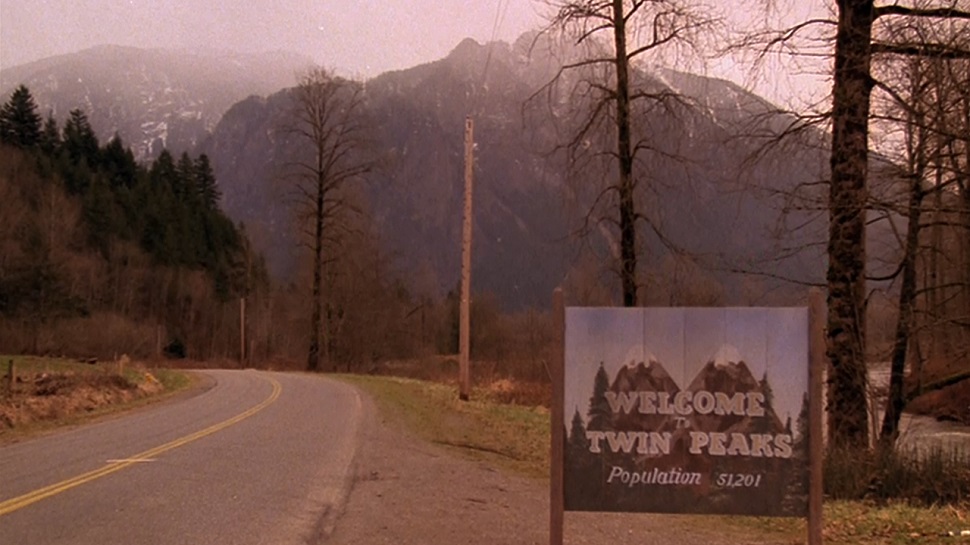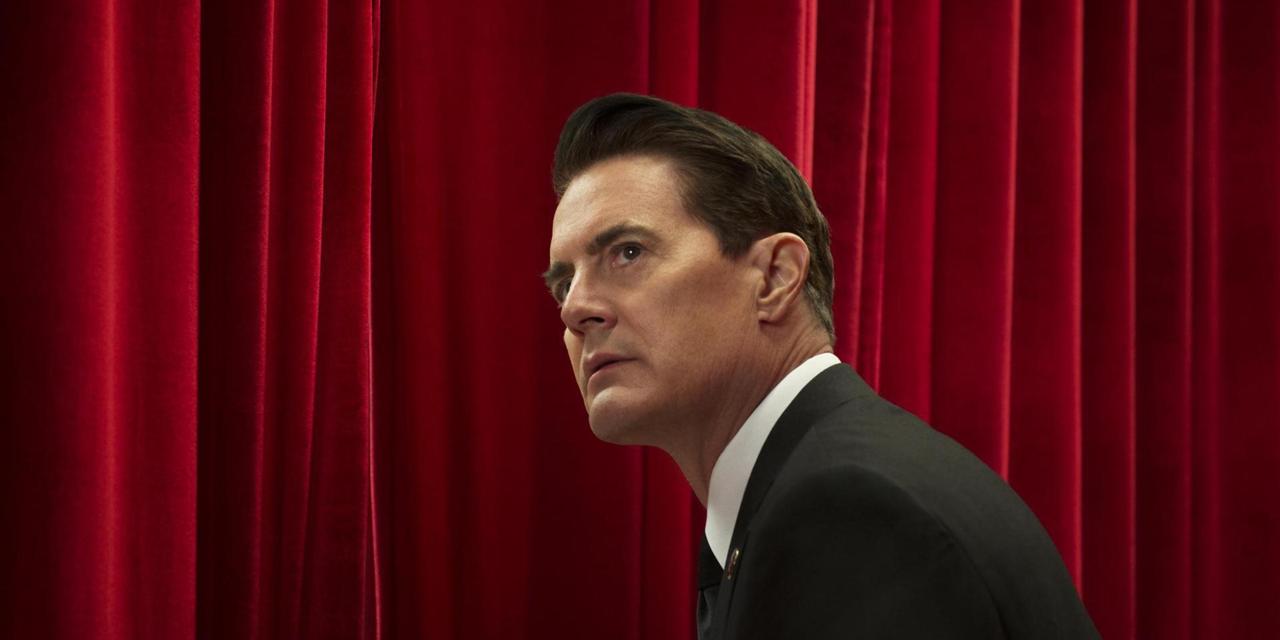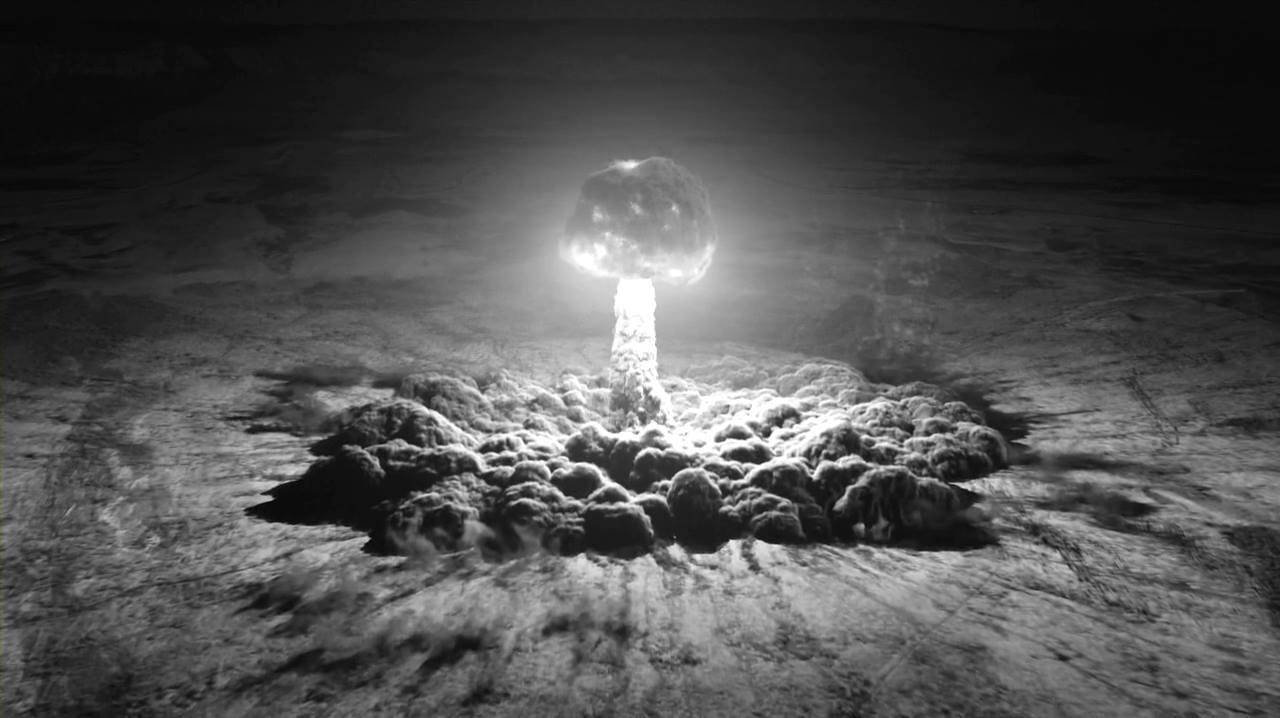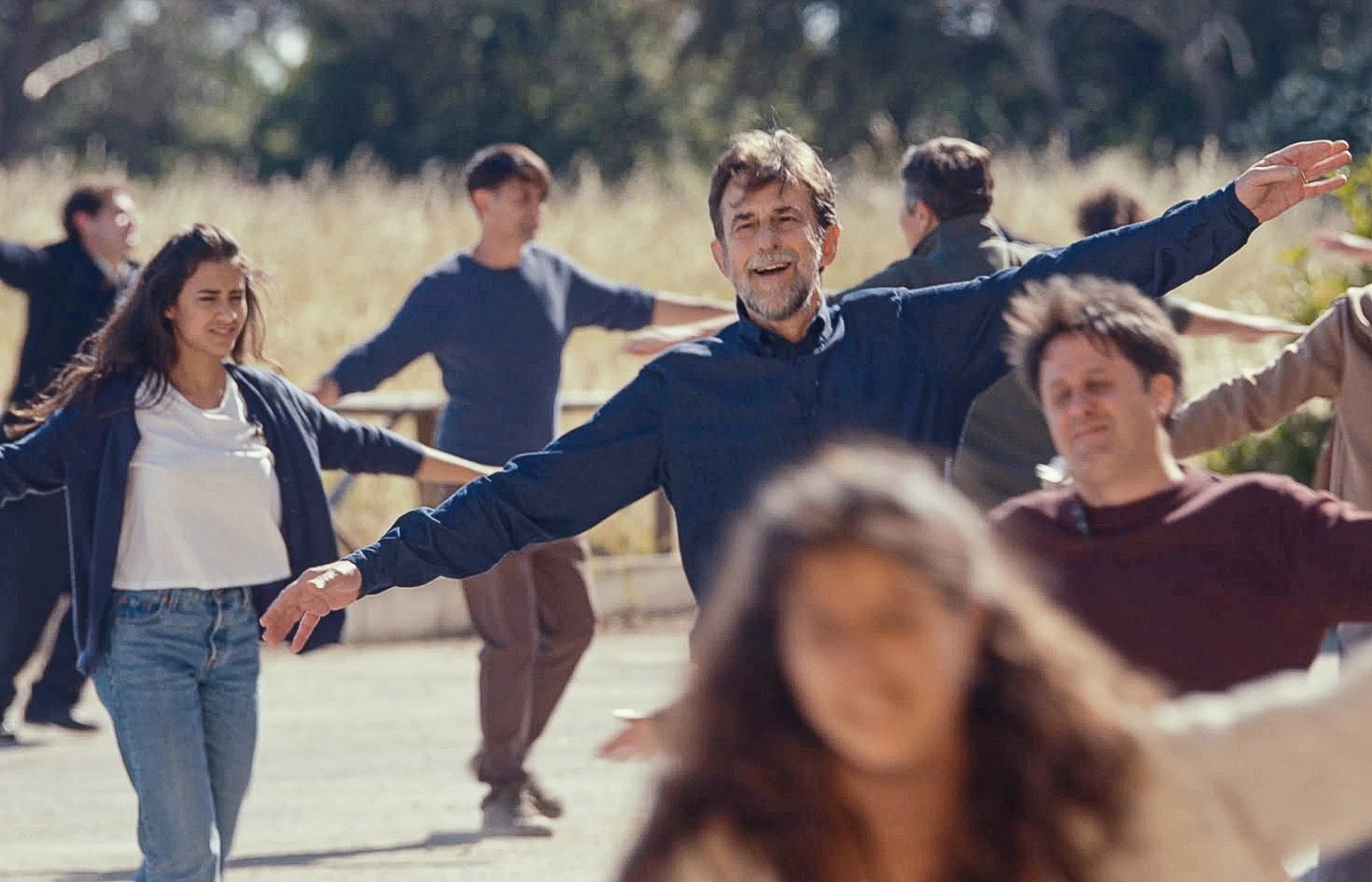Twin Peaks – The return: an odissey through space and time
“Home” is a keyword in the lynchean universe. It represents the symbolic place of repression, in which traumas and undisclosed impulses live; home is the den in which family relationships are about to crack and, at the same time, the happy nest we all long for, hoping to find a new balance. The third season of the series by Lynch and Frost is, in fact, the story (or the union of stories) of a homeward trip- the one which is undertaken by good old Dale Cooper, whom we last saw prisoner of the Black Lodge, and by Laura Palmer herself; the story is echoed by the audience’s wish to go back to the familiar atmospheres of the town which so upset their television panorama. Yet, in Lynch’s terms, going back home means walking towards obscurity, along unpredictable trajectories which break into many different paths; it means entering territories halfway between the unknown and the disturbing. It means, to cut a long story short, going back for the first time.
Therefore, even from a producer’s point of view, contradicting the hypothesis of a mere return to the place of familiarity, Twin Peaks 3 avoids the “revival trap” and presents itself as the natural prosecution of the previous season. Beginning with the images of the opening credits, it is clear how this new chapter wants to be different and, at the same time, similar to the past: no more Packard lumbermill, no more river (already hinting to the theme of the double) and, most importantly, no more welcome sign with the background twin-identical peaks. What is missing, therefore, are all those elements which spatially defined the town of TP, and which contributed to its fame in the public imagery. All that remains are a filming of the foggy forest, out of which Laura’s face emerges, and the image of a two-branched waterfall (once again, even more clearly, the theme of the double). Right afterwards come the zigzag floor and the red curtains of the Red Room, i.e., those components which belong to a non-identifiable place as much as to a non-identifiable time or, if you want, to a non-space and a non-time; this seems to reconfirm the idea that Twin Peaks on the whole refers to something beyond spatial and temporal limits, an idea very much insisted upon throughout the second season.
In fact, while in the previous seasons the north American town was presented as the fulcrum of all the conflicts existing in the world, which was, however, left outside of the scene, in The Return the same town becomes a centrifugal engine and its universe expands to the US in their whole-even maybe to the world. From the very beginning, the action moves dizzily from New York to Las Vegas, from Montana to New Mexico, from South Dakota to Buenos Aires, whereas the crucial places of the series, such as the Great Northern, the Double R, the sheriff’s headquarters, the Palmers’ place, recur with a highly minor frequency, except for the Roadhouse, which appears at the end of most of the episodes but which represents already a kind of borderland between dream and reality where music, a bridge between the two, plays the main role. This spatial and temporal expansion (we shall not forget that more than a half of the famous Part 8 takes place in 1945 and in 1956), close to a hyperbole and paralleling a narration which results even stranger and more anomalous than the past one, is fundamental in a project which sees Twin Peaks as a universal history, similar to epics and cosmogony. Therefore, in the eighth episode quoted above, Lynch elaborates on a broader scale the conflict between good and evil which is at the basis of his own thought, reflecting on the necessity of a balance which is however disturbed by the intervention of man, whose unthoughtful actions nourish and spread evil; what represents evil here is Bob, the product of human insanity, born during the first nuclear weapon test in human history. An atomic explosion observed with a microscope becomes, once in this spatial and temporal dilation, a full expression of the stylistic and visionary feature of a director who is always daring, free from any restrain, to show us his vision of the world, throwing us brutally in a trip which goes beyond the limits of experience; a trip which leads us, in the space of a second which lasts forever, from concrete to abstract, from the gigantic to the minute, from visible to invisible, creating something which resembles the avant-garde abstractions of Man Ray.
Yet, what distinguishes Lynch from the experimentations of a certain cinematographic avant-garde is the importance given to narrative potentialities, which are explored and exalted by the Missoula director, who filmed and conceived this last task/labor of his as one 18 hours long movie, in which every episode (or better, every part) contains hundreds of narrative possibilities, both primary and secondary ones; it is impossible to foresee how these narratives will combine and characters, together with situations, find themselves forsaken by a master of puppets who, though sympathetic and supportive, behaves in an utterly arbitrary way. It is in this framework that pure narration meets, in a perfectly lynchean harmony, functional narration: functional because it is there to support moments of sensation and emotion.
From the initial soap opera and crime story atmospheres, the narration slides into the darker ones of the mystery and horror story, presenting itself as an odyssey experienced between wake and sleep by Dale Cooper (who, in the duration of almost the whole season, appears as a puppet in the hands of a providential fate; a fact which once again denies the hypothesis of a mere nostalgic revival) and by the characters who surround him, unsteady and unsure about the reality they live in, doubting whether they are nothing more than ghosts living in a dream. These are the same words we hear from Phillip Jeffries in Fire, walk with me, and seem to find their confirmation in a sequence of facts and elements devoted to the dismantling of the characters involved; among these facts, for instance, the presence of the tulpas (Tibetan simulacra), or the disturbing scene with Audrey Horne at the Roadhouse, which is, according to me, one of the best moments in the season, since it is very useful to reflect upon a season finale (predicted by those same words) which puts an entire world in discussion, pushing the events, with the usual Lynchean manner, on derailing spatial and temporal tracks.
The David Lynch we find in this season is not tired, therefore, of exploring the bases of his ethics and aesthetics, with his typical, strong coherence and fully comfortable with the use of the digital filming (here warm and dense), the possibilities of which he best exploits, showing us what to him is the greatest mystery ever, i.e., human nature and its psychological depths. All this was enhanced by the creative freedom given to him by Showtime and has made Twin Peaks 3 one of the most extreme works by this director.





